1. Nashville, Tennessee
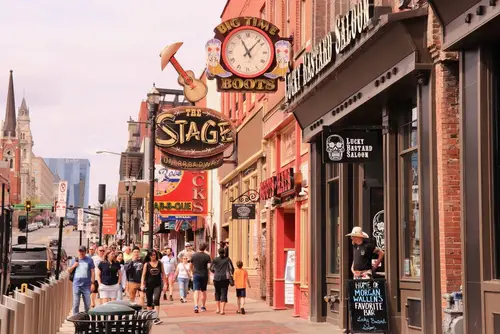
Nashville’s rapid growth has transformed it into a bustling metropolis, attracting tourists and newcomers alike. However, many long-time residents feel the city’s charm is being overshadowed by commercialization. The influx of tourists has led to rising housing costs, making it increasingly difficult for locals to afford living in their own neighborhoods. Additionally, the abundance of short-term rentals has reduced the availability of long-term housing options for residents.
The city’s infrastructure struggles to keep up with the growing population, leading to increased traffic congestion and longer commute times. Public services and amenities are stretched thin, affecting the quality of life for residents. Many locals express frustration over the loss of community spaces and the encroachment of tourist-centric establishments. Despite the economic benefits, the rapid development has left some questioning the sustainability of Nashville’s transformation.
2. Austin, Texas
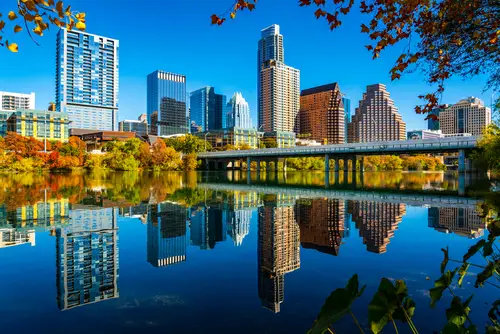
Austin has long been celebrated for its live music scene and tech innovation, drawing in a diverse population. However, the city’s rapid expansion has led to significant gentrification, displacing many long-standing residents. Housing prices have soared, making it challenging for average citizens to find affordable homes. The influx of newcomers has also altered the cultural fabric of neighborhoods, leading to tensions between old and new residents.
The city’s infrastructure has struggled to accommodate the growing population, resulting in increased traffic and longer commute times. Public services, including schools and healthcare facilities, are under pressure to meet the demands of the expanding population. Many locals feel that the city’s unique character is being diluted by the influx of outsiders. While economic growth is evident, some residents question whether the benefits are equitably distributed.
3. Portland, Oregon
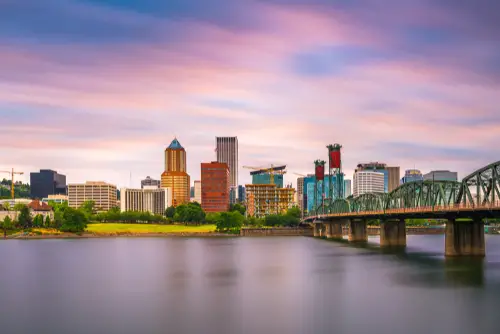
Portland has been known for its progressive values and vibrant arts scene, attracting a diverse community. However, recent years have seen a rise in homelessness and crime, leading to concerns among residents. The city’s efforts to address these issues have been met with mixed reactions, with some feeling that the solutions are inadequate. The increased visibility of these problems has affected the city’s reputation and quality of life for its residents.
Additionally, the rapid growth of tourism has led to overcrowding in popular areas, diminishing the experience for both visitors and locals. Housing prices have risen, making it difficult for many residents to afford living in the city. Public services are stretched thin, and some neighborhoods have experienced a decline in safety and cleanliness. While Portland remains a popular destination, some residents feel that the city’s challenges are being overlooked.
4. Bozeman, Montana
Bozeman has transformed from a quiet college town to a hotspot for tech professionals and remote workers. This influx has driven up housing prices, making it difficult for long-time residents to afford homes. The city’s charm is being overshadowed by rapid development and commercialization, leading to concerns about its future identity. Many locals feel that the town is losing its small-town feel in favor of urban sprawl.
The increased demand for housing has led to a shortage of available properties, further driving up prices. Infrastructure has struggled to keep pace with the growth, leading to traffic congestion and strained public services. Some residents express frustration over the changing landscape, feeling that the town is becoming less accessible to its original inhabitants. While economic growth is evident, it comes at the cost of the community’s character.
5. Bend, Oregon
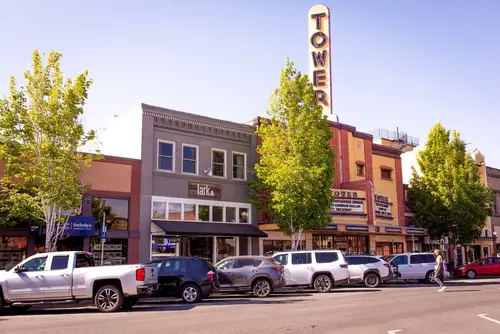
Bend’s picturesque landscapes and outdoor recreational opportunities have made it a sought-after destination. However, the surge in popularity has led to increased housing costs, pushing out many long-time residents. The city’s infrastructure is under strain, with traffic congestion and limited public services becoming more prevalent. Many locals feel that the town’s charm is being eroded by rapid development and commercialization.
The influx of tourists has led to overcrowding in popular areas, diminishing the experience for both visitors and residents. Housing prices have soared, making it challenging for average citizens to find affordable homes. Public services, including schools and healthcare facilities, are under pressure to meet the demands of the expanding population. While economic growth is evident, some residents question whether the benefits are equitably distributed.
6. Asheville, North Carolina
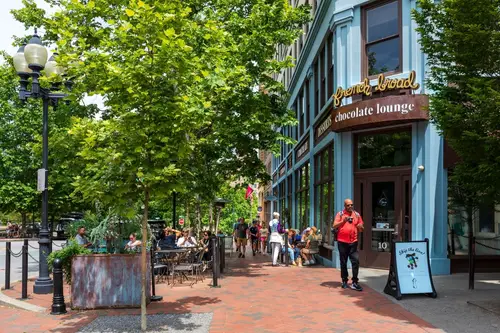
Asheville’s vibrant arts scene and scenic beauty have attracted a diverse population, leading to rapid growth. However, the city’s popularity has led to rising housing costs, making it difficult for long-time residents to afford homes. The influx of newcomers has altered the cultural fabric of neighborhoods, leading to tensions between old and new residents. Many locals feel that the city’s unique character is being diluted by the influx of outsiders.
The city’s infrastructure has struggled to accommodate the growing population, resulting in increased traffic and longer commute times. Public services, including schools and healthcare facilities, are under pressure to meet the demands of the expanding population. Many residents express frustration over the loss of community spaces and the encroachment of tourist-centric establishments. While economic growth is evident, some residents question whether the benefits are equitably distributed.
7. Charleston, South Carolina
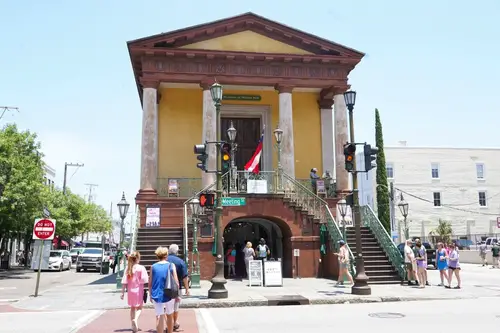
Charleston’s historic charm and coastal beauty have made it a popular destination for tourists and new residents. However, the city’s rapid growth has led to rising housing costs, pushing out many long-time residents. The influx of newcomers has altered the cultural fabric of neighborhoods, leading to tensions between old and new residents. Many locals feel that the city’s unique character is being diluted by the influx of outsiders.
The city’s infrastructure has struggled to accommodate the growing population, resulting in increased traffic and longer commute times. Public services, including schools and healthcare facilities, are under pressure to meet the demands of the expanding population. Many residents express frustration over the loss of community spaces and the encroachment of tourist-centric establishments. While economic growth is evident, some residents question whether the benefits are equitably distributed.
8. Burlington, Vermont
Burlington’s picturesque landscapes and vibrant arts scene have attracted a diverse population, leading to rapid growth. However, the city’s popularity has led to rising housing costs, making it difficult for long-time residents to afford homes. The influx of newcomers has altered the cultural fabric of neighborhoods, leading to tensions between old and new residents. Many locals feel that the city’s unique character is being diluted by the influx of outsiders.
The city’s infrastructure has struggled to accommodate the growing population, resulting in increased traffic and longer commute times. Public services, including schools and healthcare facilities, are under pressure to meet the demands of the expanding population. Many residents express frustration over the loss of community spaces and the encroachment of tourist-centric establishments. While economic growth is evident, some residents question whether the benefits are equitably distributed.
9. Flagstaff, Arizona
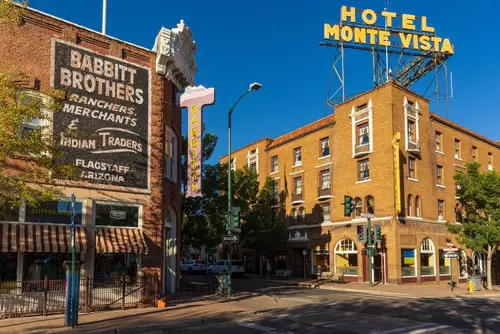
Flagstaff’s proximity to natural wonders and its vibrant cultural scene have made it a popular destination. However, the city’s popularity has led to rising housing costs, making it difficult for long-time residents to afford homes. The influx of newcomers has altered the cultural fabric of neighborhoods, leading to tensions between old and new residents. Many locals feel that the city’s unique character is being diluted by the influx of outsiders.
The city’s infrastructure has struggled to accommodate the growing population, resulting in increased traffic and longer commute times. Public services, including schools and healthcare facilities, are under pressure to meet the demands of the expanding population. Many residents express frustration over the loss of community spaces and the encroachment of tourist-centric establishments. While economic growth is evident, some residents question whether the benefits are equitably distributed.
10. Boulder, Colorado
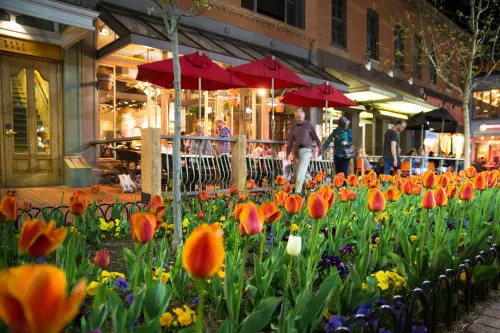
Boulder’s reputation as an outdoor paradise and progressive hub has attracted a diverse population. However, the city’s popularity has led to rising housing costs, making it difficult for long-time residents to afford homes. The influx of newcomers has altered the cultural fabric of neighborhoods, leading to tensions between old and new residents. Many locals feel that the city’s unique character is being diluted by the influx of outsiders.
The city’s infrastructure has struggled to accommodate the growing population, resulting in increased traffic and longer commute times. Public services, including schools and healthcare facilities, are under pressure to meet the demands of the expanding population. Many residents express frustration over the loss of community spaces and the encroachment of tourist-centric establishments. While economic growth is evident, some residents question whether the benefits are equitably distributed.
11. Santa Fe, New Mexico
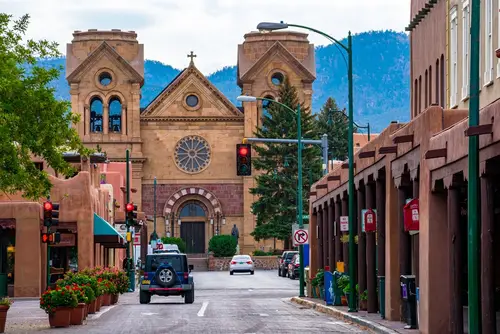
Santa Fe’s rich cultural heritage and artistic community have made it a sought-after destination. However, the city’s popularity has led to rising housing costs, making it difficult for long-time residents to afford homes. The influx of newcomers has altered the cultural fabric of neighborhoods, leading to tensions between old and new residents. Many locals feel that the city’s unique character is being diluted by the influx of outsiders.
The city’s infrastructure has struggled to accommodate the growing population, resulting in increased traffic and longer commute times. Public services, including schools and healthcare facilities, are under pressure to meet the demands of the expanding population. Many residents express frustration over the loss of community spaces and the encroachment of tourist-centric establishments. While economic growth is evident, some residents question whether the benefits are equitably distributed.
12. Sedona, Arizona
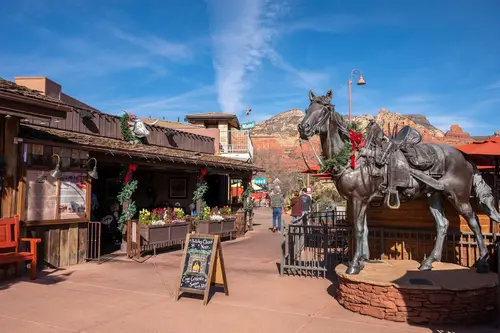
Sedona’s stunning red rock formations and spiritual allure have attracted a steady stream of visitors. However, the city’s popularity has led to rising housing costs, making it difficult for long-time residents to afford homes. The proliferation of short-term rentals has further exacerbated the housing shortage, pushing out local families. Many residents feel that the town’s unique character is being overshadowed by commercial interests.
The city’s infrastructure has struggled to accommodate the growing number of visitors, leading to overcrowding in popular areas. Public services, including waste management and emergency services, are under pressure to meet the demands of the expanding population. Many locals express frustration over the loss of community spaces and the encroachment of tourist-centric establishments. While economic growth is evident, some residents question whether the benefits are equitably distributed.
13. Lake Tahoe, California/Nevada
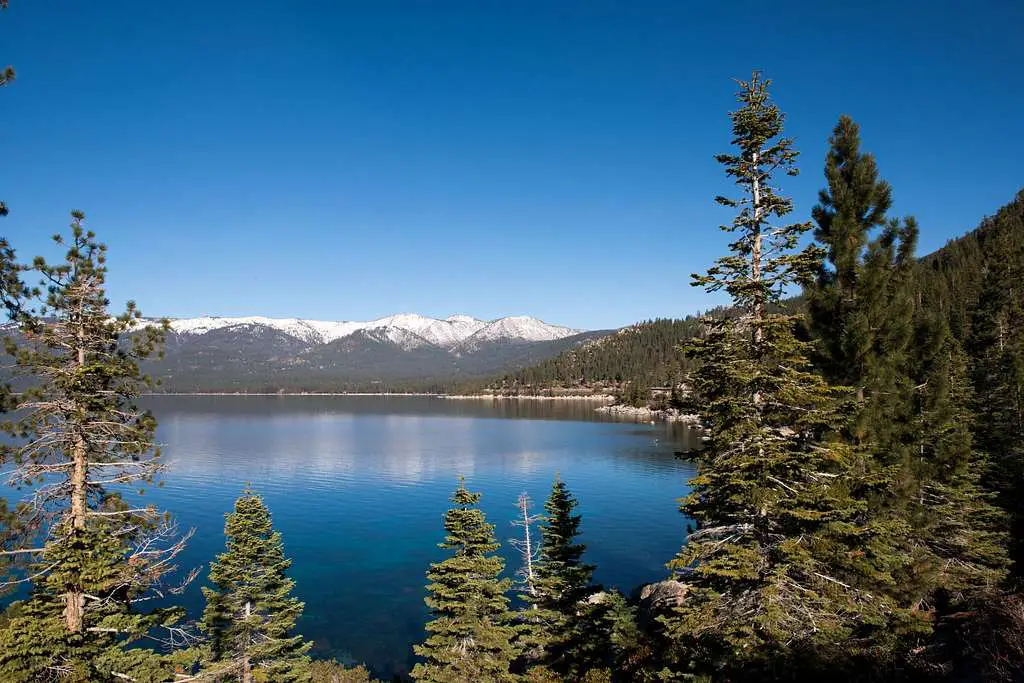
Lake Tahoe’s pristine waters and recreational opportunities have made it a year-round destination. However, the area’s popularity has led to rising housing costs, making it difficult for long-time residents to afford homes. The influx of tourists has led to environmental concerns, with increased pollution and strain on natural resources. Many locals feel that the region’s unique character is being compromised by overdevelopment.
The area’s infrastructure has struggled to accommodate the growing number of visitors, leading to traffic congestion and longer commute times. Public services, including waste management and emergency services, are under pressure to meet the demands of the expanding population. Many residents express frustration over the loss of community spaces and the encroachment of tourist-centric establishments. While economic growth is evident, some residents question whether the benefits are equitably distributed.
14. Jackson Hole, Wyoming
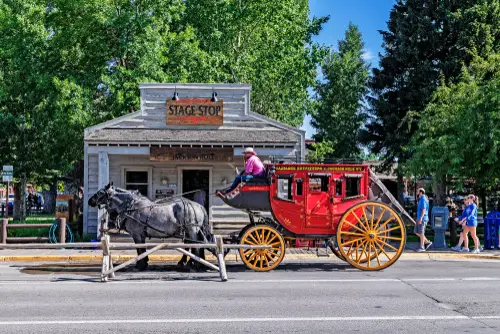
Jackson Hole’s stunning mountain views and access to world-class skiing have made it a magnet for wealthy tourists and second-home owners. While the influx has boosted the local economy, many longtime residents feel priced out of the housing market. Rental costs and property values have soared, making it difficult for workers and families to stay in town. Locals often lament that the area is turning into a playground for the rich rather than a tight-knit community.
Traffic congestion and crowded public spaces have become common complaints, especially during peak tourist seasons. Public services like schools and emergency response struggle to keep pace with the seasonal population surge. Some residents worry that the town’s authentic character is disappearing under the pressure of luxury development. Despite the scenic beauty, living here has become a balancing act between community and tourism.
15. Montauk, New York
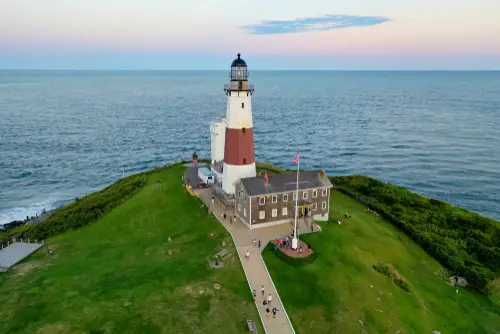
Montauk’s beaches and surf culture have transformed it into a trendy escape for city dwellers from New York. While tourism brings business to local shops and restaurants, many residents feel the town has lost its quiet, small-town charm. Seasonal crowds cause traffic jams and long waits at essential services, frustrating locals who are trying to go about their daily lives. Housing prices have skyrocketed, with vacation rentals often taking priority over permanent residents.
The town’s infrastructure struggles to handle the seasonal spikes in population, putting pressure on roads, utilities, and public spaces. Many locals feel that the focus on tourism has overshadowed the community’s needs and slowed local decision-making. There’s a sense that Montauk is increasingly catering to outsiders rather than the people who have called it home for generations. Despite its popularity, many residents quietly dream of a return to the quieter days before the “next hotspot” label.
This post 15 Towns Branded as “Next Hotspots” That Locals Secretly Hate was first published on Greenhouse Black.
